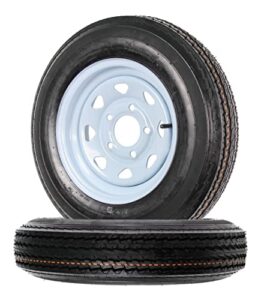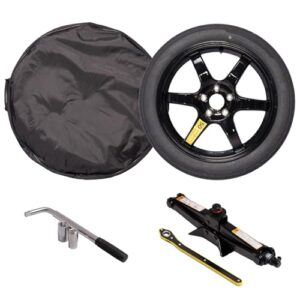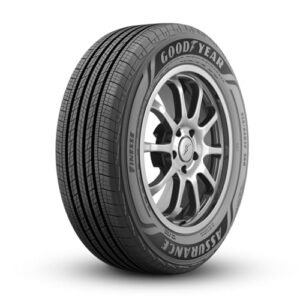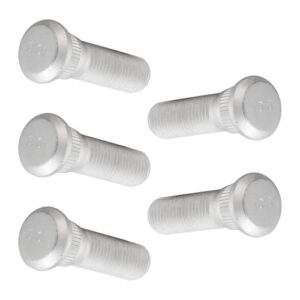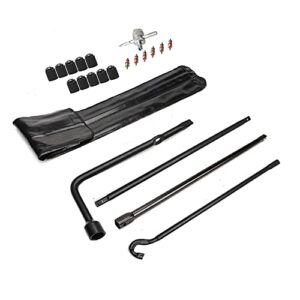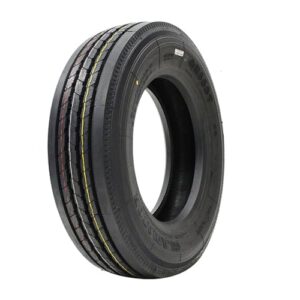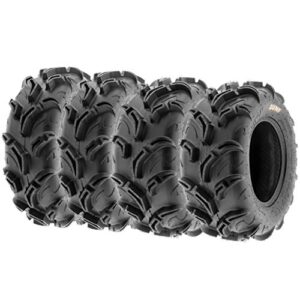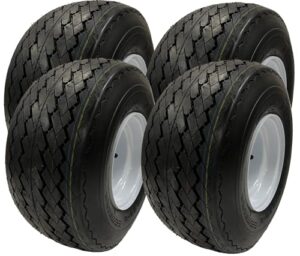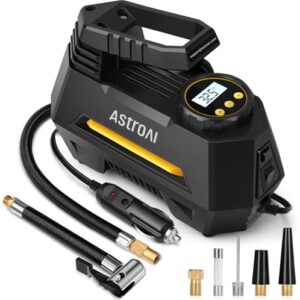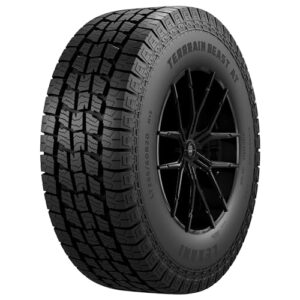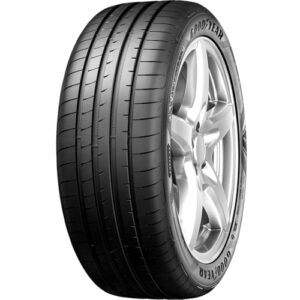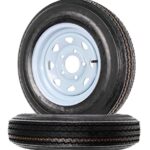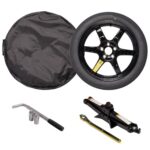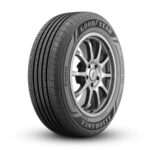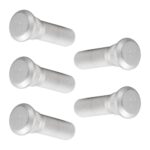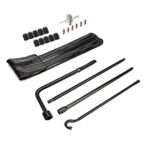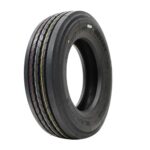Driving on worn tires can be dangerous. But with the right tips, it’s manageable.
Worn tires reduce your car’s grip on the road, increasing the risk of accidents. It’s crucial to understand the dangers and learn how to minimize them. This guide will help you navigate the roads safely even when your tires aren’t in perfect condition.
We’ll cover practical steps and essential advice to keep you and your passengers safe. Whether you’re a seasoned driver or new to the road, these tips will be valuable. Let’s dive in and explore how you can drive safely, even on worn tires.

Inspecting Tire Condition
Driving on worn tires is risky. To drive safely, inspect your tires regularly. Knowing what to look for can make a big difference. This section will guide you on how to inspect your tire condition.
Checking Tread Depth
First, check the tread depth. This is crucial for grip and safety. Use a tread depth gauge or a simple penny test. Place a penny in the tread groove with Lincoln’s head facing down. If you can see all of Lincoln’s head, your tread is too worn. Replace the tire immediately.
| Tread Depth | Condition |
|---|---|
| More than 4/32 inch | Good |
| 2/32 to 4/32 inch | Warning |
| Less than 2/32 inch | Replace |
Identifying Cracks And Bulges
Next, look for cracks and bulges. These can weaken the tire and cause a blowout. Inspect the sidewalls and tread areas closely. If you see any cracks, bulges, or cuts, consider replacing the tire. Do not ignore these signs.
- Cracks: Small lines or splits on the tire surface.
- Bulges: Areas where the tire surface is raised.
- Cuts: Visible gashes on the tire surface.
Regularly inspecting your tires helps ensure your safety. Pay attention to tread depth and look for any cracks or bulges. Replace worn tires to prevent accidents.

Maintaining Proper Tire Pressure
Maintaining proper tire pressure is crucial for safe driving, especially on worn tires. Properly inflated tires ensure better grip and handling. They also reduce the risk of blowouts. Let’s dive into the details of maintaining tire pressure.
Using A Tire Gauge
A tire gauge is an essential tool for checking tire pressure. It provides accurate readings. Digital or manual gauges work well. Always keep one in your car. Check your tire pressure regularly. Perfectly, do this once a month. Also, check before long trips. This ensures your tires are always at the right pressure.
Inflating To Recommended Levels
Each car has a recommended tire pressure level. You can find this information in the owner’s manual. It’s also on a sticker inside the driver’s door. Use an air compressor to inflate your tires. Most gas stations have one. Attach the compressor to the tire valve. Inflate until you reach the recommended pressure. Do not overinflate. Overinflation can be as dangerous as underinflation.
Adapting Your Driving Style
Driving on worn tires can be risky. Adapting your driving style can help you stay safe. Here’s how you can change your habits to handle worn tires effectively.
Reducing Speed
Lower your speed to increase control. Worn tires reduce traction. Slower speeds give you more time to react.
- Drive under the speed limit.
- Slow down when turning.
- Keep a safe distance from other cars.
Reduced speed can make a big difference. It helps you maintain control and avoid accidents.
Avoiding Sudden Braking
Sudden braking can be dangerous with worn tires. It can cause skidding or loss of control.
- Anticipate stops early.
- Apply brakes gently.
- Use engine braking when possible.
Being gentle on the brakes keeps you safe. It prevents skidding and ensures smoother stops.
| Driving Habit | Why It’s Important |
|---|---|
| Reducing Speed | Increases control and reaction time |
| Avoiding Sudden Braking | Prevents skidding and loss of control |
Handling Wet Or Icy Roads
Handling wet or icy roads with worn tires can be challenging. These conditions demand extra caution to prevent accidents. Following safe driving practices can help keep you safe on the road. Below, we discuss tips on driving slowly and keeping a safe distance.
Driving Slowly
Driving slowly is crucial when roads are wet or icy. Worn tires have less tread, which can reduce grip. This makes it easier for your car to slip or skid.
Reduce your speed to maintain better control. Lower speeds give you more time to react to any sudden changes. This is essential for safety.
Slower speeds also reduce stopping distance. This is important since worn tires take longer to stop. Always keep your speed well below the limit in bad weather.
Keeping A Safe Distance
Keeping a safe distance from other vehicles is key. Worn tires can increase braking distance. This means you need more space to stop your car safely.
Increase the distance between you and the car in front. A good rule is to keep at least a five-second gap. This gives you enough time to stop if needed.
In icy or wet conditions, increase this gap further. The more space you have, the better. It helps avoid accidents and keeps you safe.
Remember, safe driving on worn tires in bad weather is about caution. Drive slowly and keep a safe distance. These steps can help you stay in control.
Navigating Through Sharp Turns
Driving with worn tires can be risky, especially when navigating through sharp turns. Ensuring safety in such conditions requires extra caution and specific techniques. Below, we will discuss two critical aspects of driving through sharp turns on worn tires: slowing down before turns and avoiding oversteering.
Slowing Down Before Turns
One of the most important steps to take is to slow down before entering a turn. Worn tires have less tread, which means they have less grip on the road. This reduced grip can lead to skidding if you take the turn too fast.
Here are some tips to help you slow down safely:
- Start reducing your speed well before the turn.
- Use your brakes gently to avoid sudden stops.
- Shift to a lower gear if driving a manual transmission.
- Maintain a steady, controlled speed through the turn.
Avoiding Oversteering
Oversteering occurs when the rear tires lose traction, causing the back of the car to swing out. This is especially dangerous with worn tires. To prevent oversteering, follow these guidelines:
- Keep your steering smooth and controlled.
- Avoid sudden movements of the steering wheel.
- Do not accelerate suddenly while turning.
- If you feel the car starting to slide, steer gently in the direction of the slide to regain control.
By following these tips, you can navigate through sharp turns safely even with worn tires. Always remember that driving cautiously and maintaining control are key to your safety on the road.
Regular Tire Rotations
Regular tire rotations are crucial for maintaining safe driving conditions, especially on worn tires. Rotating your tires involves changing their positions to ensure even wear. This practice extends the life of your tires and improves vehicle performance.
Scheduling Rotations
It’s essential to schedule tire rotations at regular intervals. Most experts recommend rotating tires every 5,000 to 7,000 miles. Always follow your vehicle’s owner’s manual for specific guidelines. Regular rotations help balance the wear and tear on your tires.
Set reminders to schedule tire rotations. Consistency is key. Many service centers offer reminders or loyalty programs. These programs help keep your vehicle in top shape.
Benefits Of Even Wear
Even wear on tires improves vehicle handling. It improves traction, especially in adverse conditions. Uneven wear can lead to poor performance and safety risks. Balanced tires distribute weight evenly, reducing strain on your vehicle.
Even wear also extends the lifespan of your tires. This reduces the frequency of replacements. It saves you money in the long run. Consistent tire rotations contribute to a smoother and safer driving experience.
Using The Penny Test For Tread
Driving safely on worn tires is a significant concern for many drivers. One effective way to check if your tires are too worn is by using the penny test. This simple method can help you determine if your tire tread is still safe for driving or if it’s time for a replacement. Let’s dive into how you can perform this test and what the results mean for your safety on the road.
How To Perform The Test
To perform the penny test, you’ll need a penny. Place the penny in the tire’s tread groove with Lincoln’s head facing down. Make sure the penny is inserted enough so you can see the top of Lincoln’s head.
Repeat this process in multiple tread grooves around the tire. Consistent measurements will give you a more accurate assessment of your tire’s condition.
Interpreting Results
If you can see all of Lincoln’s head, your tread depth is too low. It means your tires are worn and need to be replaced. Driving on such tires can be dangerous, especially in wet conditions.
If part of Lincoln’s head is covered by the tread, your tires still have adequate tread. You can continue driving safely. Regularly check the tread to monitor any changes.
Using the penny test can help you maintain safer driving conditions. It’s a quick and easy way to check your tires. Stay safe on the road by regularly inspecting your tire tread.
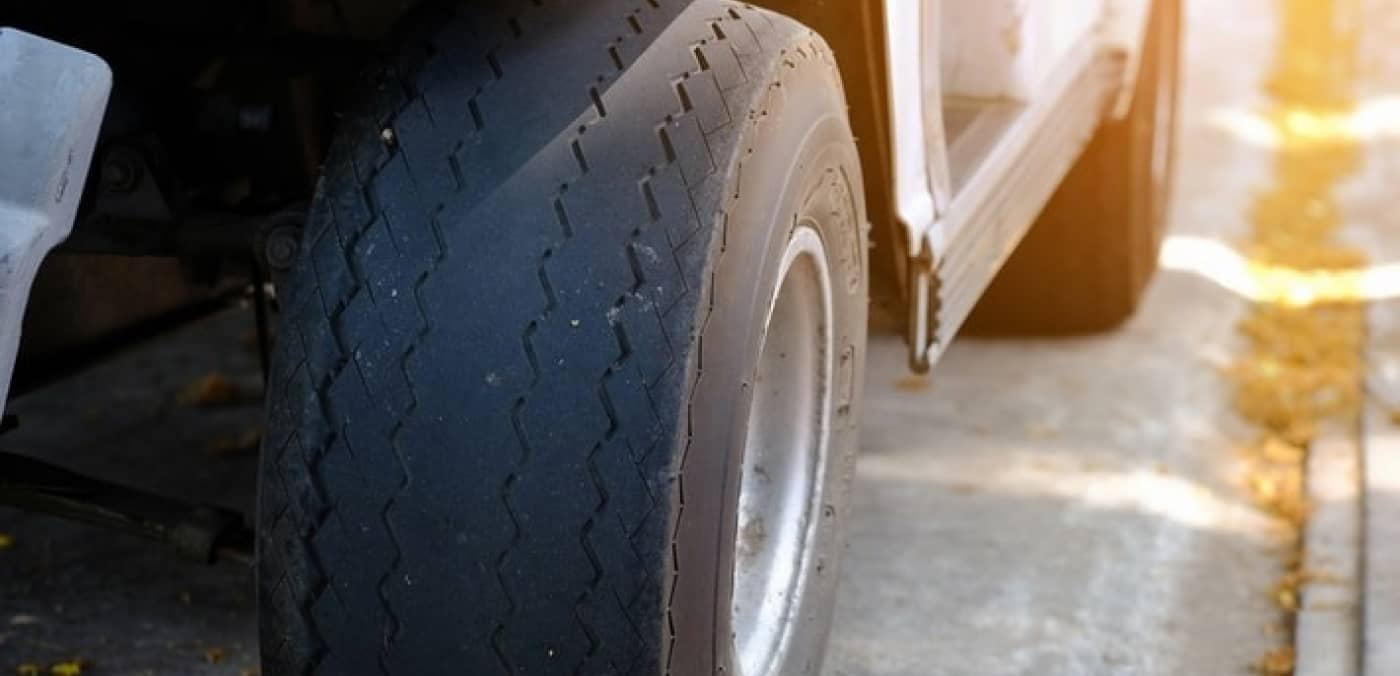
When To Consider Tire Replacement
Driving on worn tires can be dangerous. Knowing when to replace them is crucial for safety. Tires wear out over time and lose their effectiveness. This can increase the risk of accidents. Recognizing the signs of tire wear and understanding the importance of new tires can help keep you safe on the road.
Signs Of Excessive Wear
Several signs indicate that your tires are excessively worn. Look for tread wear indicators, which are small bars of rubber in the grooves. If they are flush with the tread, it’s time to replace the tire. Another sign is uneven wear, which can be caused by improper alignment or inflation. Cracks or cuts in the sidewalls can also signal the need for new tires. Bulges or blisters on the tire surface are dangerous and require immediate replacement.
Importance Of New Tires
New tires improve your car’s handling and braking ability. They provide better traction, especially in wet conditions. This reduces the risk of hydroplaning. Fresh tires also offer a smoother and quieter ride. Investing in new tires can save money in the long run by improving fuel efficiency. Most importantly, they ensure the safety of you and your passengers. Regularly checking and replacing tires can prevent accidents and provide peace of mind.
Frequently Asked Questions
How To Check If Tires Are Worn Out?
Inspect the tread depth using a penny test. Insert a penny into the tread groove. If Lincoln’s head is visible, it’s time to replace the tires.
Can You Drive On Bald Tires?
Driving on bald tires is dangerous. They have poor traction, increased risk of blowouts, and reduced braking efficiency. Replace them immediately.
What Are The Risks Of Driving On Worn Tires?
Worn tires increase the risk of hydroplaning, longer stopping distances, and tire blowouts. They reduce overall vehicle safety significantly.
How Often Should You Check Tire Condition?
Check your tire condition monthly. Regular inspections help identify wear patterns, ensuring timely replacements and maintaining safe driving conditions.
Conclusion
Driving safely on worn tires requires constant vigilance. Check tire pressure regularly. Avoid sharp turns and sudden stops. Drive at moderate speeds. Replace tires when tread is too low. Safety should always come first. Proper tire maintenance can prevent accidents.
Stay alert and drive carefully. Make your journey safe. Your safety and others depend on it.




